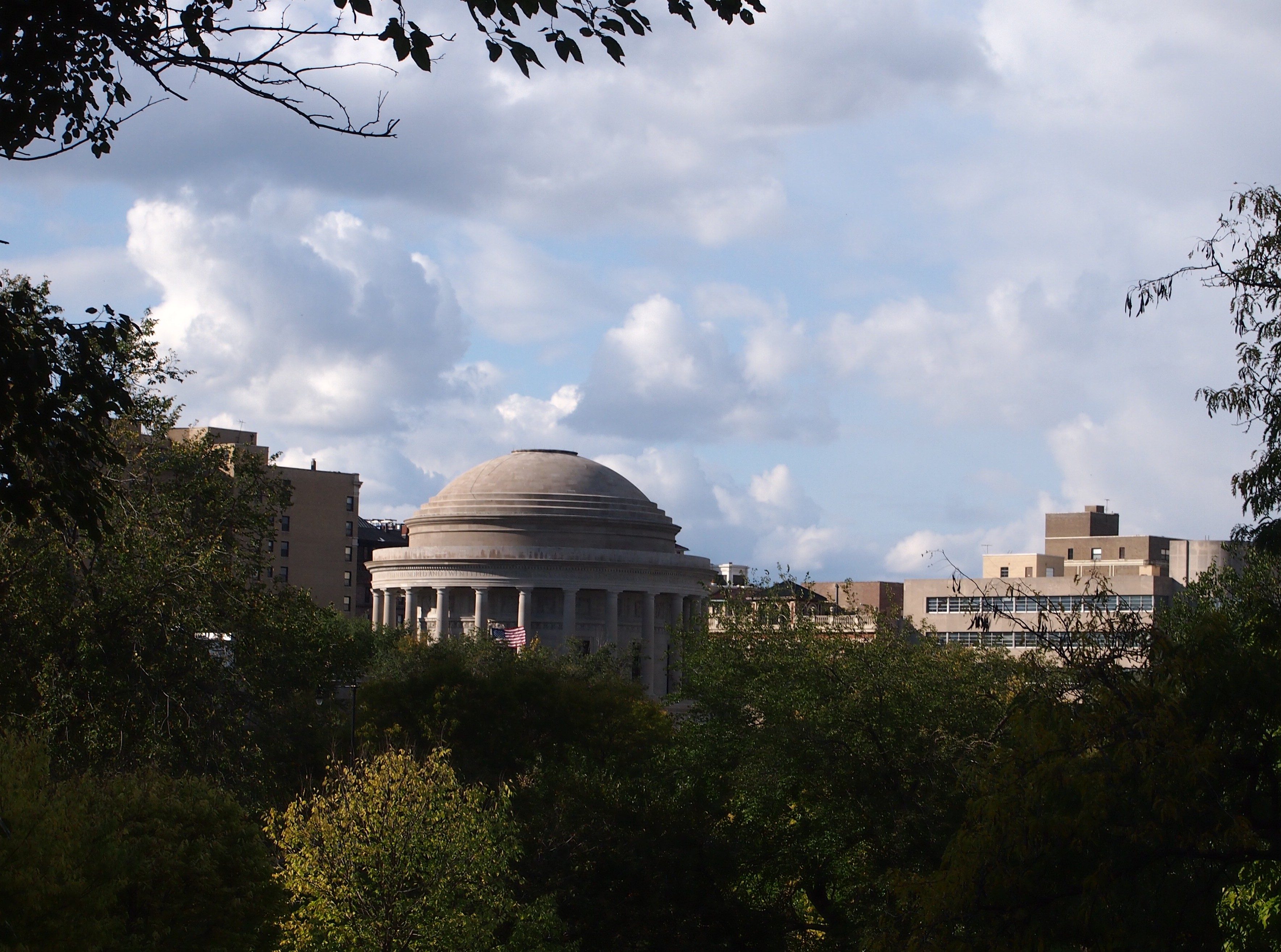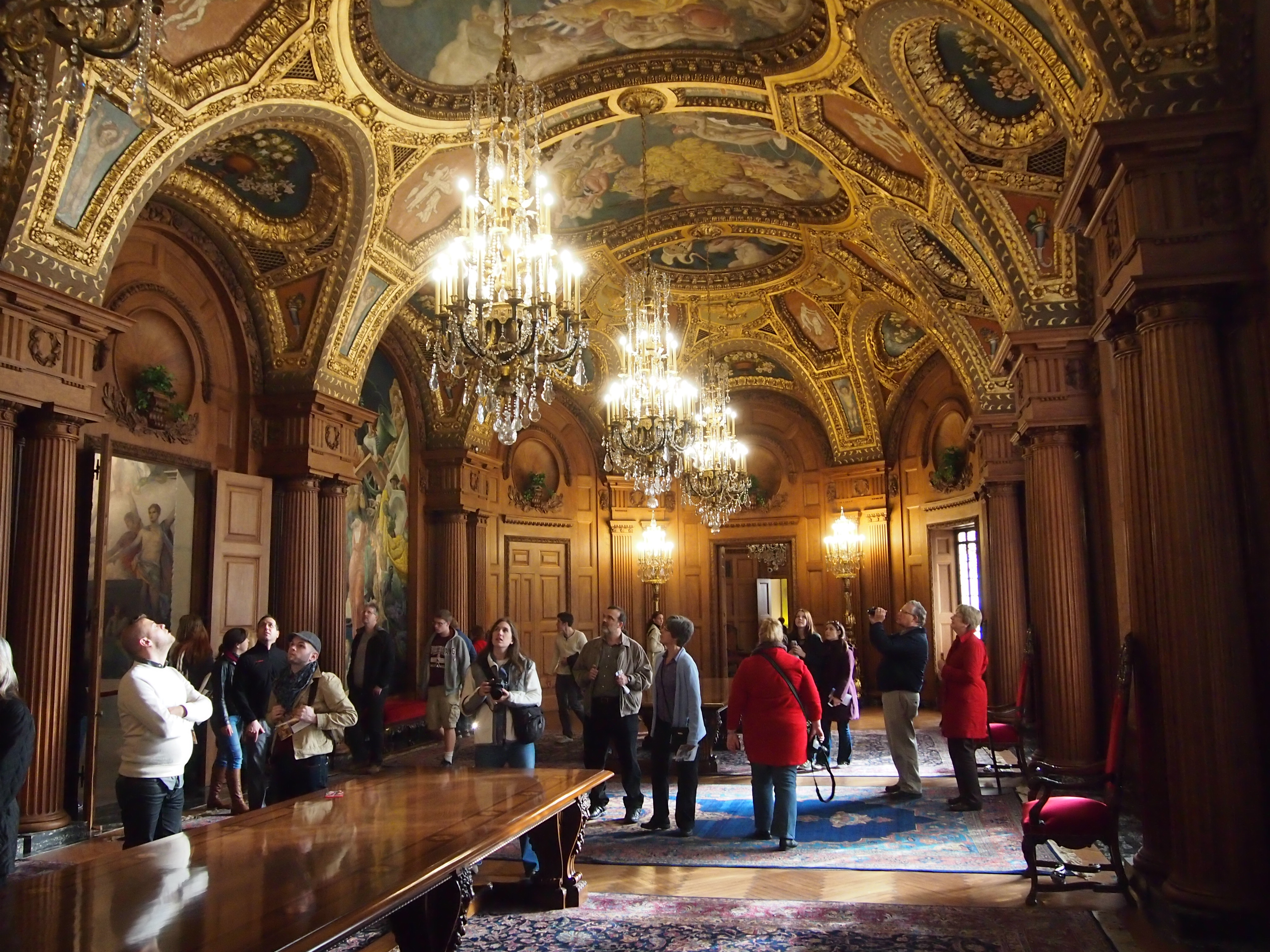“The elks live up in the hills and in the spring they come down for their annual convention. It is very interesting to watch them come down to the water hole. And you should see them run when they find that it’s only a water hole. What they’re looking for is elk-ohole.”
– Capt. Jeffery T. Spaulding
I was winding down by around 4 p.m. on October 19, but I wanted to see one more place. It wasn’t far north of Mother Cabrini’s shrine, and also at one of the edges of Lincoln Park: the Elks National Veterans Memorial. I could see its Roman-style dome from quite a distance in the park.
 After the Great War, the Elks wanted to build a memorial to their members who had died in the conflict, which numbered more than 1,000, as well as space for the org’s national headquarters. The main rotunda of the Elks National Veterans Memorial was the most ornate space I saw during Openhousechicago, though Mother Cabrini’s shrine was a close second.
After the Great War, the Elks wanted to build a memorial to their members who had died in the conflict, which numbered more than 1,000, as well as space for the org’s national headquarters. The main rotunda of the Elks National Veterans Memorial was the most ornate space I saw during Openhousechicago, though Mother Cabrini’s shrine was a close second.
This was no accident. The Elks War Relief Commission, which was tasked with supervising the building’s construction, wrote in its recommendation to the Grand Lodge in 1921 that: “The suggested building be made definitely monumental and memorial in character; that the architectural design be so stately and beautiful, the material of its construction so enduring, its site and setting so appropriate… that the attention of all beholders will be arrested, and the heart of every Elk who contemplates it will be thrilled with pride, and that it will for generations to come prove an inspiration to that loyalty and patriotism which the Order so earnestly teaches and has so worthily exemplified.”
The order picked New York architect Egerton Swarthout to design the memorial. He had a predilection for Beaux-Arts, which shows in the Elks memorial. More than shows, it overflows. I wouldn’t want everything to be done in that style, but it has its place – such as in massive, ornate memorials completed in the 1920s.
My camera, and my skills, aren’t remotely up to capturing the marbles or the soaring murals or even the gilded allegorical statues of the rotunda, which depicted Elk-approved virtues (Brotherly Love, Charity, Fidelity, and Justice). Better to see them with the eye, or failing that, at the memorial’s web site.
By contrast, I gave picture-taking a go at the Grand Reception Room at the Elks National Veterans Memorial. It too is ornate to beat the band.
I was especially taken with the allegorical painting called “The Armistice,” which of course references November 11, 1918. Eugene Savage did that work and others in the room, and I thought that style looked familiar. Like a WPA work, but before that agency existed. Sure enough, Savage was an important player in the WPA Federal Arts program, so I guess that was no accident either.